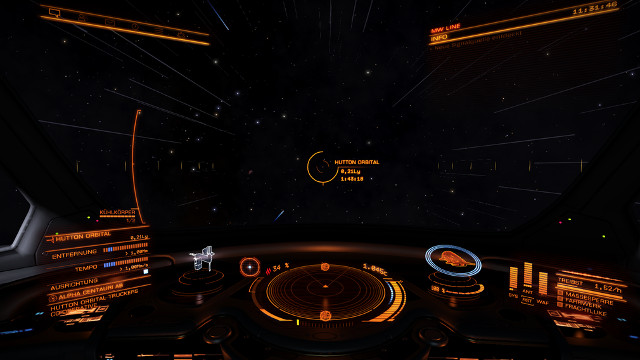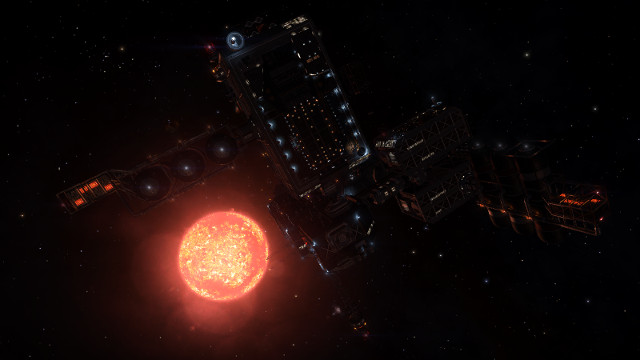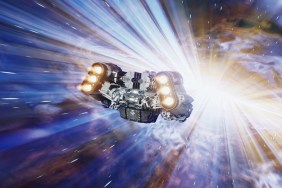The more I play Elite: Dangerous, the more I'm fascinated by it. Some of that has to do with how deeply interested I am in astronomy, but the developers also deserve recognition for creating something that represents the vast cosmos with such intellectual acuity.
Built from the ground up to simulate real world physics, and using the most widely accepted theories to fill the gaps, Elite: Dangerous emulates the Milky Way galaxy with notable accuracy. Thousands of real star systems, including stars and planets, can be found in the game, and you can travel from one end of the galaxy to the other (100,000 light years) if you so desire.
Among these star systems is Alpha Centauri A, which you might be familiar with as it's the closest star to our Solar System. At 4.37 light years in distance from the Sun, it is too far for humanity to travel to using current technology, but in Elite: Dangerous you can visit in a few seconds using hyperspace travel.
As with real life, Alpha Centauri in Elite: Dangerous is a system with three stars: a common class G star similar to the Sun, a slightly cooler K class star, and a distant red dwarf. However, unlike real life, the system also features a man-made orbital outpost.
This outpost's name is Hutton Orbital, and it's a regular point of discussion among players. Although its availability of two rare commodities (Centauri Mega Gin and The Hutton Mug) make it unique from the thousands of other outposts in the game, its the distance of its location relative to the system's entry point that has earned it the most attention.

Hutton Orbital lies an incredible 6,784,404 light seconds, or 0.22 light years, from the system arrival point at Alpha Centauri A. Most objects this spaced out are made accessible using hyperspace travel, but since this lies within a system and requires supercruise to travel to, players have no choice but to aim their trajectory at it and let their engines run at full speed.
Supercruise travel speed ramps up over time, eventually arriving at 2,001c (c stands for constant, or speed of light) after 57 minutes. With all physics taken into consideration, the shortest travel time to Hutton Orbital is a remarkable 30~ minutes.
The travel time is so long that players call it a "rite of passage", recommending that you turn on Netflix and watch a show while you travel. It is possible to set your trajectory toward Hutton Orbital and then go AFK, but there's a good probability that your alignment isn't 100% accurate, so by the time you get back to your game Hutton Orbital won't even be on your screen. You're better off toughing out the transit time and keeping yourself occupied while heading deep into the void.
Also Read: My Journey Deep Into The Milky Way In Elite: Dangerous
This isn't a normal occurrence in Elite: Dangerous, and in-fact Hutton Orbital is the most extreme case of long distance travel within a system. The most time I've spent flying to an outpost was a total of eight minutes, which even then is a bit absurd. There's really nothing you can do in-game during these travel sequences except look at the galaxy and system maps, or take screenshots of the beautiful world that surrounds you.
When it comes down to it, this serves as an example of how far Frontier Developments has gone to create a lifelike environment in Elite: Dangerous. The universe is large beyond comprehension, and nothing says that more than spending a chunk of your day traveling through the vacuum of space.
Frontier Developments recently reduced travel time indirectly by improving loading times between systems in patch 2.3. You can read more about the patch here.











